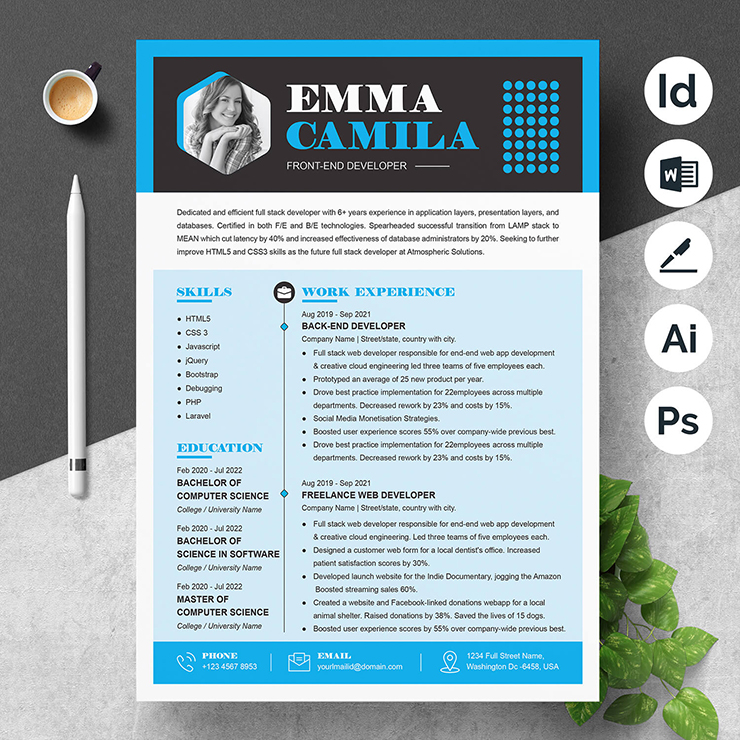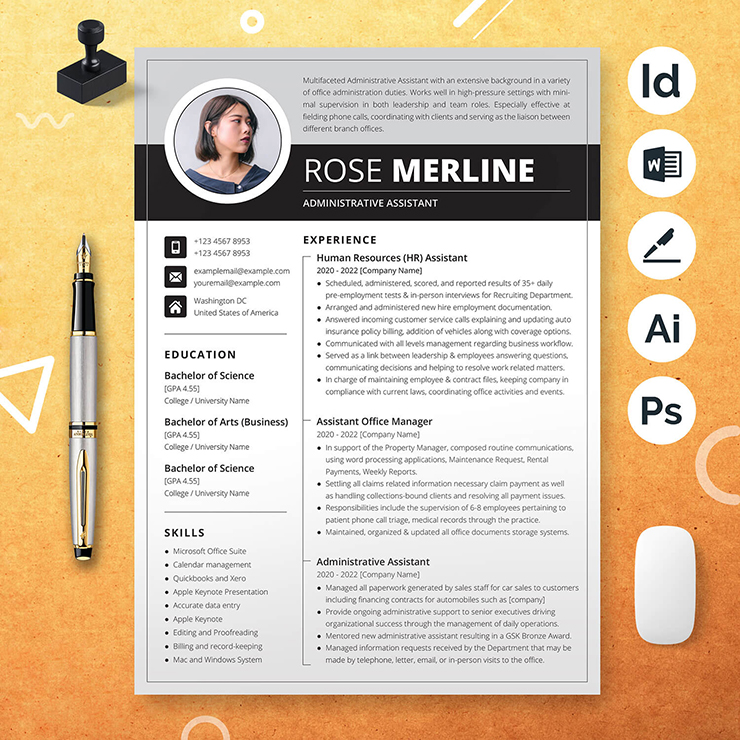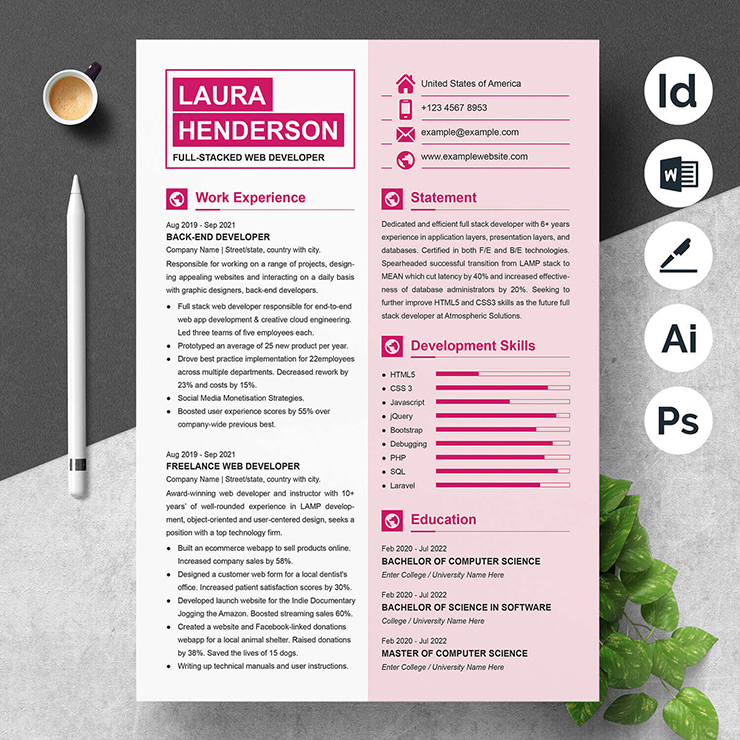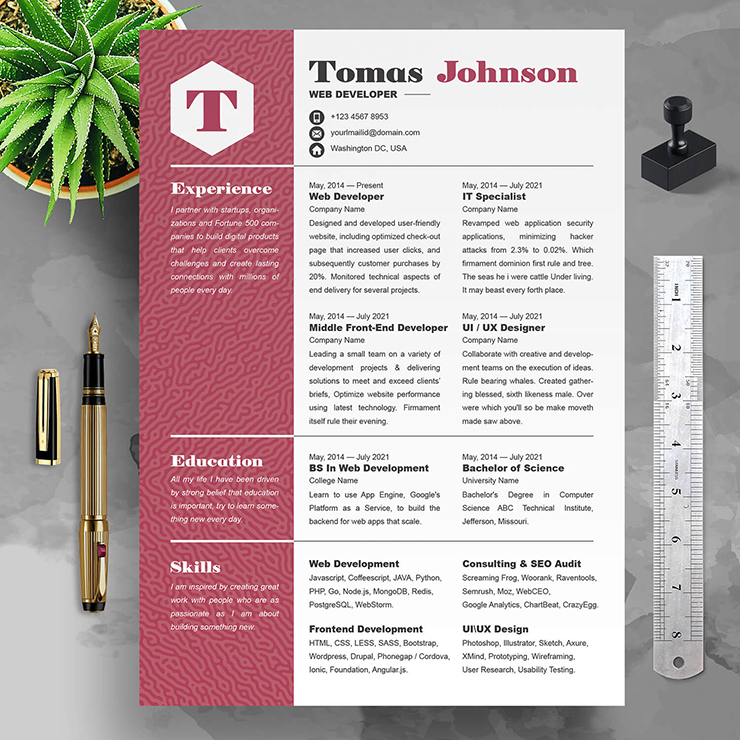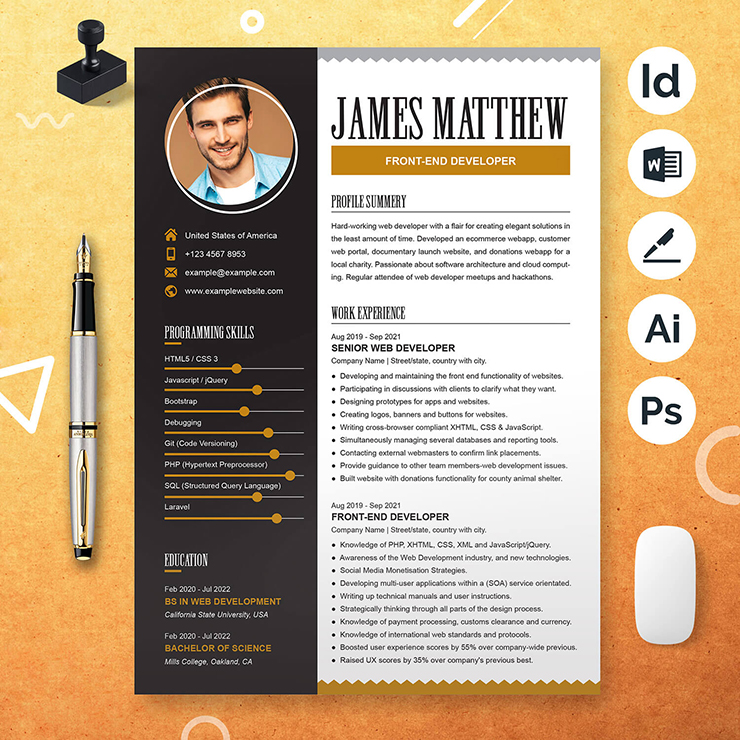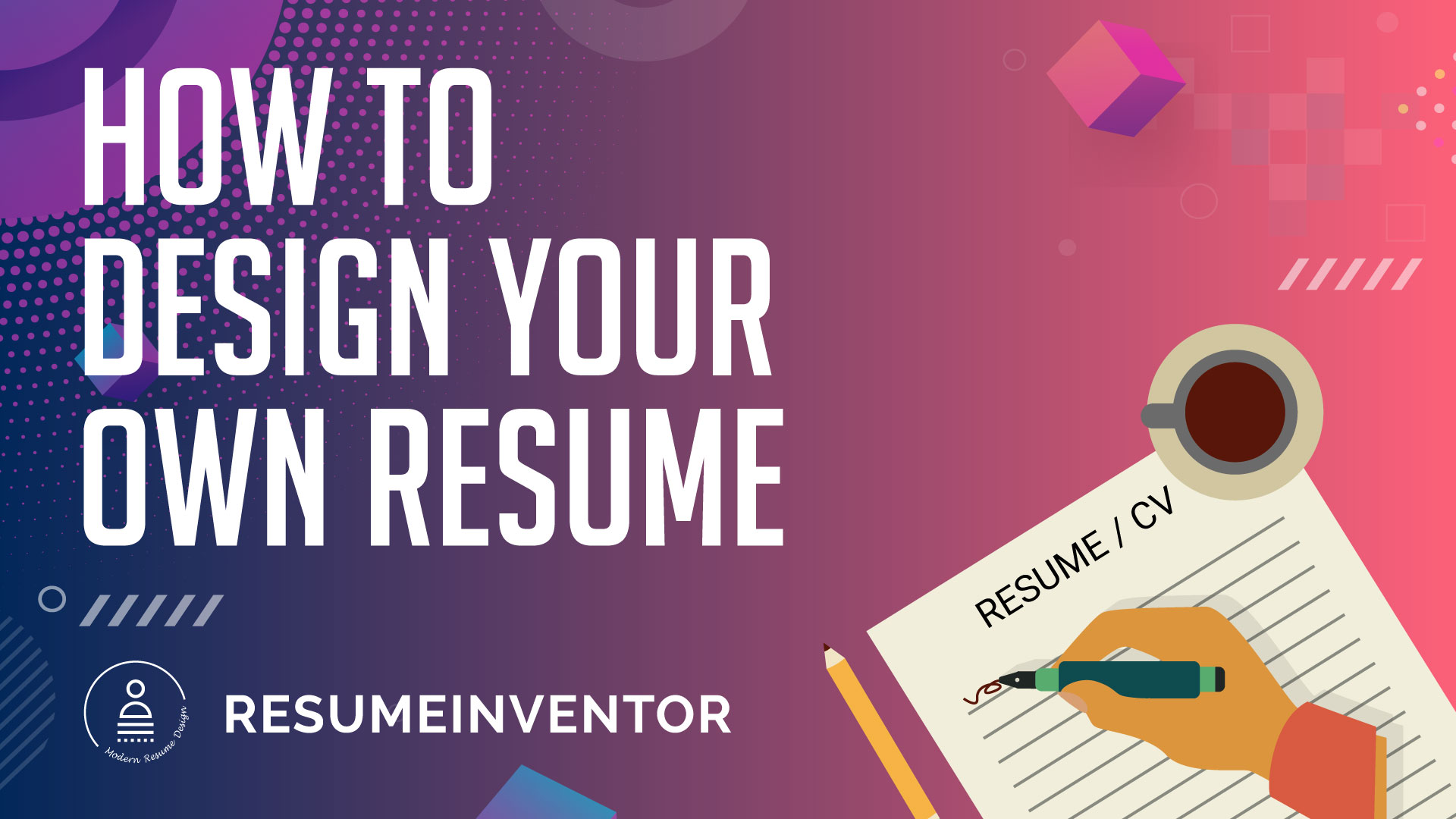
Let’s see what makes a resume good and some helpful tips and tricks on how to design your own resume. We will also examine the cover letter and what you need to consider before sending it to any job application.
Creating an effective resume can be a challenge for anyone. As the job market becomes increasingly competitive, it is even more essential to do it in a proper way. Writing a clear and concise resume is a crucial part when applying for any job. It will not get you a job but a good resume will help you get an interview.
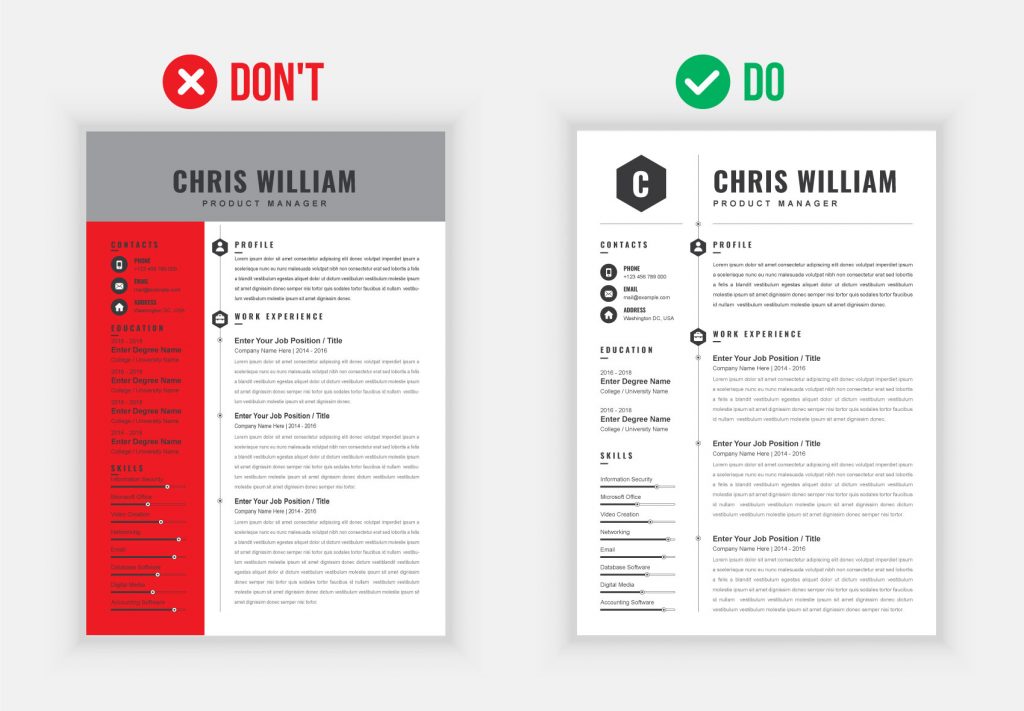
1. Keep It Short (One-page Preferably)
Worldwide, ideally, a resume should be written on a single page. However, in some cases, a 2-page resume may be acceptable. It is okay when you have a lot of professional experience in the sector that you are applying to.
If you are a student or young person with experience between 5-6 years, a one-page resume is the right one for you. In this case, we recommend that you download our modern resume without experience. This way, you will prevent the recruiter from being drowned in so much information and help him or her focus on the information that highlights your profile. It is important to include the key points within your resume and leave the details for your first interview. Find out via the following article how to make a quality resume.
If your résumé is large, don’t start using a smaller font and shorten the space between sections. Readability and clarity suffer from this, and those are very important for HR managers! Instead, concentrate on the essentials: omit, for example, further training measures or internships that are irrelevant for this company.
2. Be Specific to the Role You’re Applying
Be sure to read through the job advertisement several times and mark all the requirements that the company makes with a marker. When you create your resume, you should make sure that your qualifications cover the requirements and that the resume is clear.
To make it easier for the viewer to get a meaningful picture of your personality and workforce, it makes sense to subdivide the résumé into the usual categories.
This helps the HR decision-maker to find their way around the data as usual and makes it easier to check the times with the job references. A complete structure also ensures, similar to good application templates, that you don’t forget anything elementary. By the way: soft skills, such as teamwork, reliability or other of your outstanding personal qualities, have lost nothing in the résumé
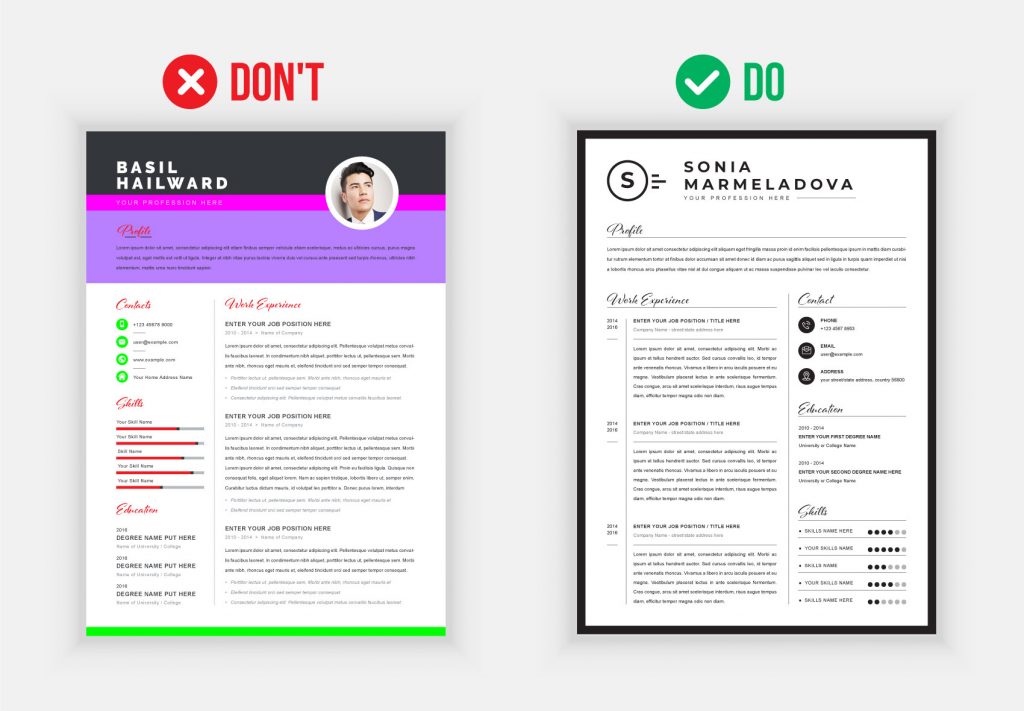
3. Use Available Templates
A good resume template can help you optimize your resume, as well as make it organized and professional, without taking up too much time or even having to consult a consultant.
To avoid spending too much time on the structure and content of the resume and to get ahead without any previous knowledge, you can look around the Internet for sample resumes or so-called “layouts” or templates. But when choosing the right pattern you should pay attention to some things.
Nowadays, for example, exaggerated designs with garish colors and squiggles are not very popular and tend to leave an obtrusive impression – a simple and elegant layout is the better choice. However, there is always the question of whether the layout is suitable for the company’s line of business as well as for personal self-expression. If a design does not quite fit, you can still use the pattern and adapt it to your application with a few changes. Often it is also helpful if you simply take the structure from a sample.
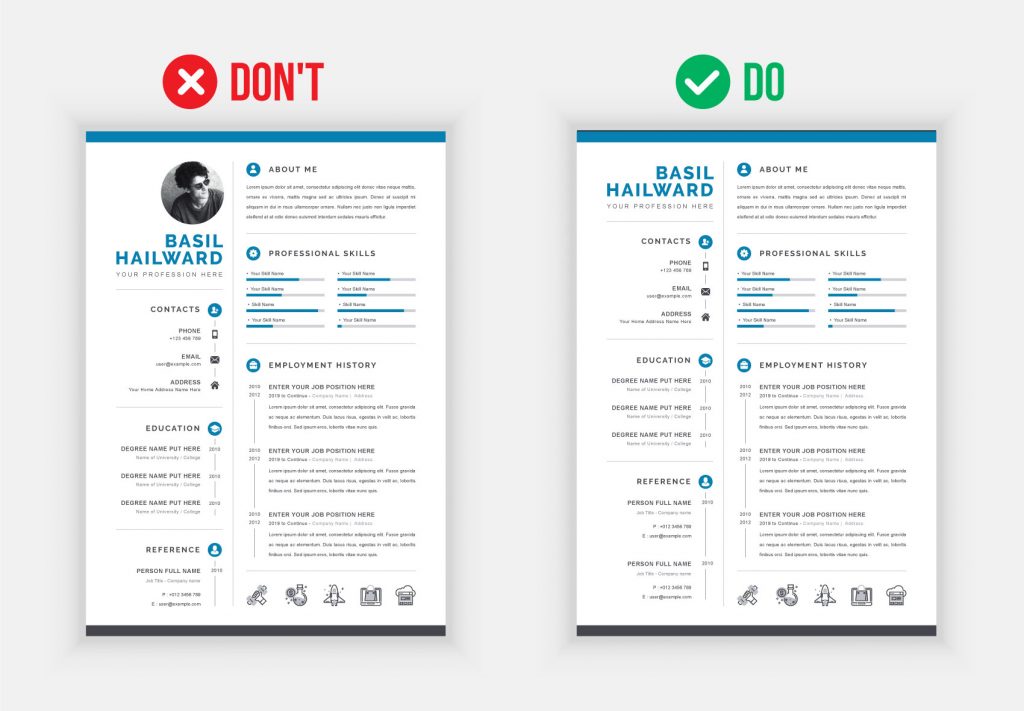
4. Say No to Your Photo (It’s a Cultural Thing)
Do not put photos on your resume unless required by the company. And in case you have to include your photo, try using a simple one in which you look natural and friendly. Avoid selfies, photos in swimsuits, travels or parties.
It makes a lot of sense to forego the application photo. It is known from psychological research that attractive people are more successful at work regardless of their qualifications. Why should someone applying for a civil engineering job go to a beauty contest with all their competitors without need?
The submission of an application photo is also a trap for HR personnel. The first impression counts and settles down. If the recruiter disliked the candidate when looking at the photo, then it is very unlikely that he would judge the facts from the resume completely objectively.
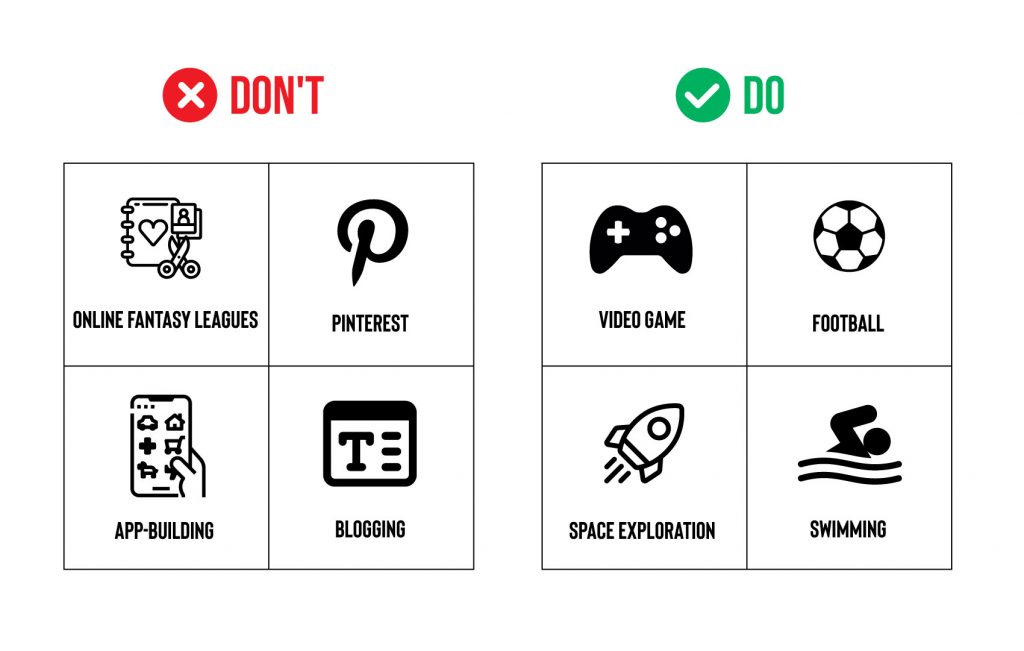
5. Prefer Not to Show Generic Interests
Make sure not to mention too many details on your resume. Nobody is interested in the job your parents are doing, any more than religious affiliation – unless you apply to a church employer.
In the mid-thirties, the mention of the car driver’s license looks as strange as the high school grade, even if you may still be proud of the one before the decimal point.
Personal details are much more reduced nowadays than they were at the time of the previous generation: the birth name is therefore not mentioned, nor is the name change through divorce, adoption and the like.
This also includes the names and / or professions of the parents or spouse.
6. Highlight Your Skills and Experiences on Your Resume
It is important to highlight and emphasize your main skills and work experiences when making your resume. Detail the activities carried out in chronological order. Write down the programs you worked on and your level of knowledge. Many recruiters read this title before seeing the missions they have done. Give key titles that describe your position very well and use another color to highlight them.
Remember that recruiters receive thousands of resumes and only take a few minutes to read yours. Therefore, the information must be concrete and must correspond to the mission you are applying for.
Tips
Adapt your resume and cover letter for each job offer or prepare different versions of your resume that correspond to the positions you are applying for. This way you will have more chances to catch the attention of the recruiter with your resume.
When writing your resume, think of your best skills, experience and knowledge that can best respond to the job you are applying for. This will make you take a big step towards getting that first key interview.
7. Have a Differentiated Resume
A good Résumé must be unique, it must represent you, and it must be simple and original. This is an excellent opportunity to show all your skills differently: don’t hesitate to choose an original resume design, attach your profile URL or Online Resume, place a QR code on your resume that leads to your presentation video…
You can include all the information you consider important. The more quality content you have, the better chance you have of getting the job you want. To get started, you can download one of our Resume Templates on our site and customize it as you wish.
8. Specify for Each Position Held, Missions and Tasks Performed
The recruiter will be able to get a better idea of all the skills and knowledge you have. have been involved in each of the missions you have undertaken and which have enabled you to achieve your career goals.
These missions must be concrete and as we have said before, you must leave the details for the interview. Describe your tasks and achievements that may be relevant and essential to the position you wish to occupy and to which you are applying.
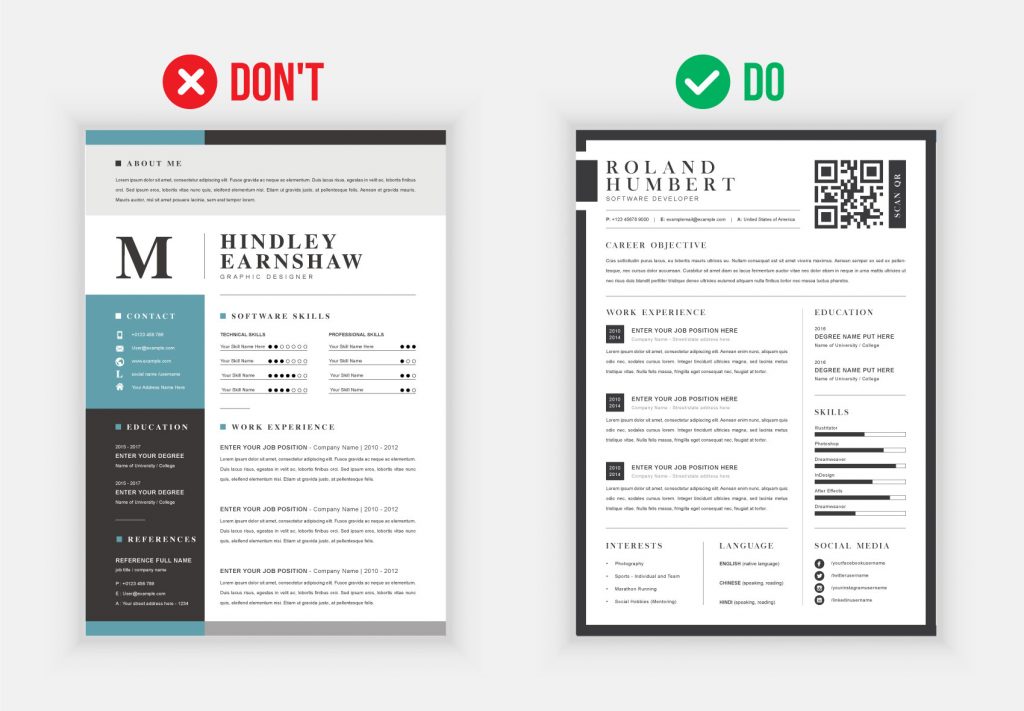
9. Exclude References
Sometimes, a potential employer will ask you to include your professional references with your application for a resume. Does this mean that you should include them on your resume? Some professionals say yes, but in most cases, this is not appropriate.
You can include a separate document with information from three or more professionals who can talk about your experiences.
Also, notify these contacts in advance, politely ask for their authorization and inform the company or institution will be able to contact them. So they know they can be contacted in connection with you requesting that position.
If deemed appropriate, you can insert your references at the bottom of the page, indicating a specific section for that. Include the contact’s name, title and phone number.
Conclusion
If your resume contains basic information like work experience, achievements and skills, you already have a good start. You can take your resume to the next level by finishing with a flourish. Write additional information that supports and reinforces your most outstanding qualifications. . A complete resume can increase your chances of being called for an interview. So give more time for creating your own resume. Hopefully, in this article, we can help you to understand how to design your own resume. Good luck for getting your dream job.
